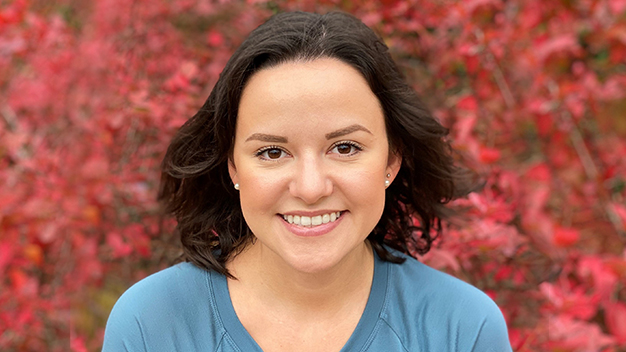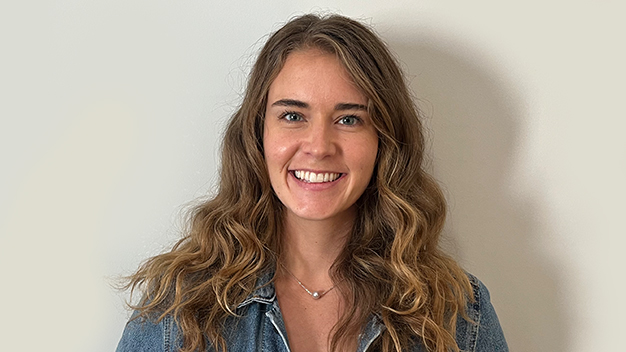Hosting an *internal* data science hangout
Natalia Andriychuk

Episode notes
We were joined by Natalia Andriychuk, Statistical Data Scientist at Pfizer to discuss running an internal Data Science Hangout, building a supportive R community, discovering and learning new R packages/tools, and contributing to open-source initiatives.
Resources shared:
Rachael’s guide for hosting your own data science hangout
RTP useR Group
Data Science Hangout LinkedIn Group
Shiny app submitted to FDA Pilot
56:41 – What’s something that you’ve learned from that process of starting your own internal data science hangout?
Summarized from below:
1. Start with a list of 10 or so people you’d like to invite
2. Ask colleagues you have an established relationship with to be your first featured leaders
3. Create a calendar of events that you can invite people to
4. Use a form to collect the speaker’s bio, photo, etc.
5. Schedule a 30 minute call with each featured leader the week before
6. Try to plan out 3 sessions in advance
7. Start inviting people 🙂
Natalia’s response:
It was a little bit overwhelming to think about how to start it but one thing you would need to start is a list of 10-15 people who you’d like to invite.
First I would create the calendar of events. At Pfizer, we do our data science hangouts every other week. I specifically put the dates and send people an invitation asking them to be a part of hangout.
I actually started the hangouts with Mike Smith and Douglas Robinson, who are part of our core team and are moving this initiative forward.
For your first few hangouts, it can be easier to have colleagues join us as your co-host that you already have an established rapport with.
I set up a Microsoft Form that I would send out: asking about: occupation, bio, certain questions they want me to ask, etc. I also ask them to provide their headshot. I think it makes the hangout invitation a little more colorful.
For the featured leaders, I schedule a 30 min call with each guest the week prior to go over any questions that person might have if they never attended before.
It helps me to know more about what they’re doing, especially if this is the first time I’m having a 1:1 with this colleague. I’m pretty new to the company as well, so we would chat a little bit about their interests – and then we have the hangout session. I’ll try to have at least 3 people booked in advance.
So find your featured leader, and then start inviting people.
____
Having an internal hangout has been very valuable because we are able to talk more about certain topics within our organization. For example, if I come to this hangout and we discuss certain topics, sometimes I might have to say, “Well, this is a great question, but I can’t talk about it because the information is proprietary.” With your internal hangout, you do not have to worry about that. This is how certain problems get solved faster. It also brings people together that wouldn’t work together necessarily. I think this is a very valuable part of it.
Featured in this episode

Natalia Andriychuk is a Statistical Data Scientist in the R Center of Excellence SWAT (Scientific Workflows and Analytic Tools) team at Pfizer. She holds MS and BS in Psychology from the Taras Shevchenko National University of Kyiv. Before joining Pfizer one year ago Natalia worked at CRO (Contract Research Organization) for 7 years in a variety of roles where she discovered her passion for Data Science and R. In her current role, Natalia provides strong technical knowledge of R, R packages, Markdown reports, Shiny Apps, and other associated data science and data analytics tools to business lines across Pfizer. She develops training on R and associated tools for Pfizer colleagues, helps to build an R community at Pfizer, identifies and champions good case studies, shares best practices, and keeps R users at Pfizer up to date with the latest developments.


